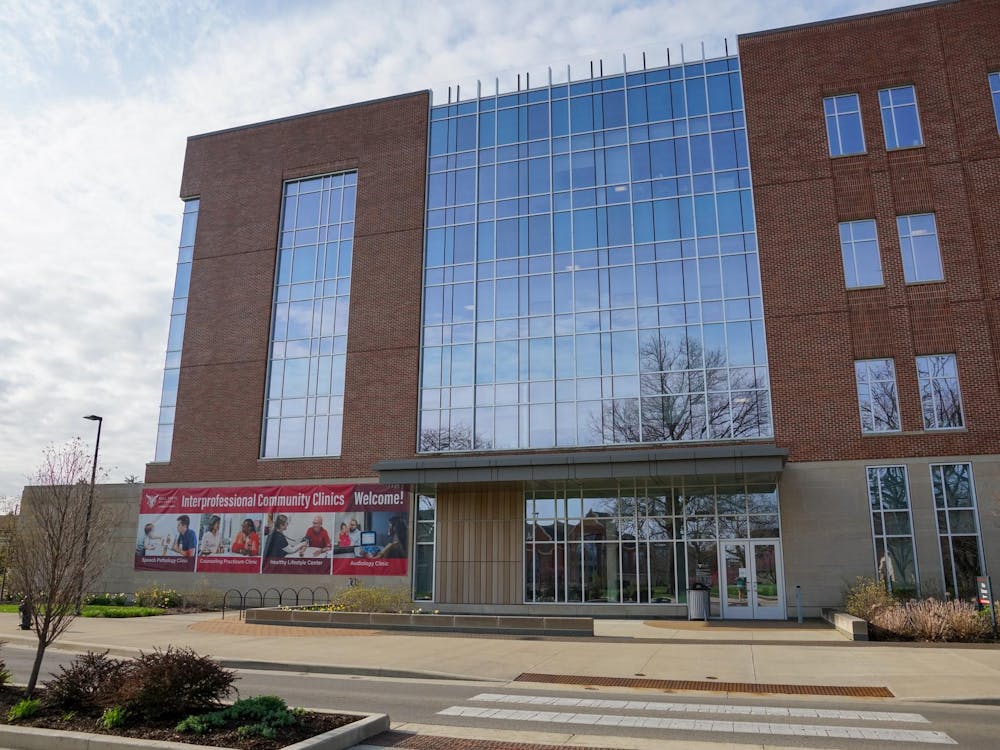Even with the largest geothermal project in the county and grassroots activism leading to conferences focused on sustainable living, a recent study found Indiana is the least green of the 25 largest states in the nation.
"We need to change the way we produce energy in Indiana," Jesse Kharbanda, director of the Hoosier Environmental Council, said. "We are the second-highest dependent on coal in the country."
Grassroots
The Natural Marketing Institute study surveyed 3,000 consumers and discovered people in "greener states" are more likely to respond to a global message promoting environmental responsibility. People from less green states responded to the immediate and personal benefits of sustainability.
While Indiana was on the bottom of the list of green states, Hoosiers are sparking the sustainability conversation and promoting activism, including Ball State students. Last week Focus the Nation held a clean energy conference on campus.
Jim Poyser, the managing editor of NUVO Newsweekly and co-creator of ApocaDocs, a website Poyser described as an entertainment site for climate collapse featuring news and commentary, was one of the speakers at the conference. Poyser said he does everything he can to integrate sustainability into his life.
"If someone wants to become a good citizen of the planet, every effort needs to be made," he said. "For myself, my work life and my play life are both geared toward the environment and so is my home life. It's a lifestyle."
Small steps can make a big difference, Poyser said.
"I'm not the greenest guy on the block, but we are making efforts to reduce waste and energy consumption. I get into a car as seldom as I can," he said.
Even at work, NUVO composts organic material, recycles and even heckles people that use foam plastic, Poyser said.
Many of the efforts made by the NUVO staff are items analyzed by NMI in the green state study.
The study looked at various aspects of sustainability, such as the number of consumers that purchased carbon offsets, organic foods, renewable power and hybrid vehicles. They also took into account people who compost, reuse grocery bags and donate money to environmental groups.
Greener Hoosiers
Although efforts are being made at a grassroots level, how is Indiana trying to be green?
Until this month, Purdue had plans to replace a 50-year-old coal boiler with a natural gas boiler and a $53 million clean-coal boiler at its Wade Power Plant facility. After backlash from activists such as the Hoosier Environmental Council and the Sierra Club, Purdue decided to change its energy plan.
With Indiana using coal to generate about 95 percent of its electricity, a number that has risen in recent years, Gov. Mitch Daniels made coal production a priority of his energy policy, as exemplified in the state's strategic energy plan, released in 2006.
That makes for a tough job for Kharbanda, who was the keynote speaker at Focus the Nation.
When he worked for the Environmental Law and Policy Center, Kharbanda built support for clean energy and then went to HEC.
Kharbanda fights to help establish national policy to "decarbonize" the energy sector. Purdue was just one step toward cleaner energy.
"We have the worst public policy to promote renewable energy in the Midwest," he said. "These conferences are critical to highlight the challenges we face and to share proven solutions to transition into a new future."
Cardinal movement
Ball State has made huge changes to its energy plan with the geothermal project.
Once fully implemented, the project will save the university $2 million per year in operating costs and replace four coal-fired boilers while cutting its carbon footprint roughly in half.
Vivian Bogue, member of Students for a Sustainable Campus, said Focus the Nation, the geothermal project and student organization is what Indiana needs to become active and sustainable.
"Activism happens when a person actually takes an interest and wants to do something about it," she said. "The event in itself shows activism. If you build it, they will come.
"Well, it's here and if the students can tap into it, have those conversations and learn about it we can go anywhere from there."
Jaclyn Goldsborough is the assistant news editor of the Daily News. She interned this summer at NUVO magazine in Indianapolis.




